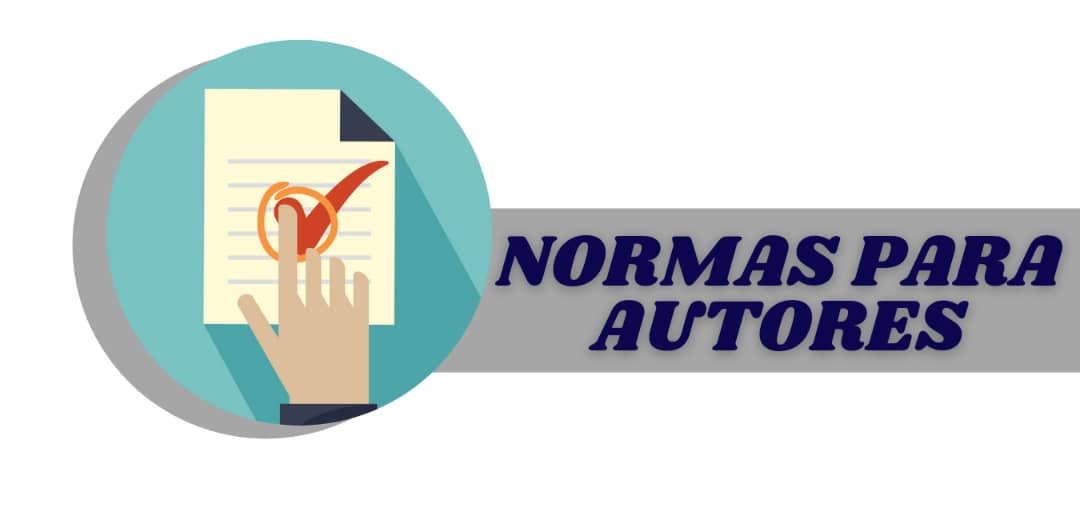Alteraciones clínicas y humorales como factores pronóstico en pacientes con traumatismo craneoencefálico grave
Texto completo:
PDFResumen
Introducción: El traumatismo craneoencefálico grave (TCEG) es el resultado de la aparición brusca sobre la cabeza de una fuerza física de tal magnitud que provoque lesiones en el cuero cabelludo, cráneo, meninges y tejido encefálico. Objetivo: Determinar el valor pronóstico de las alteraciones clínicas y humorales en pacientes con traumatismo craneoencefálico grave. Diseño Metodológico: Estudio observacional, analítico de cohortes en la Unidad de Cuidados Intensivos (UCI) del Hospital ‘’Carlos Manuel de Céspedes‘’ de Bayamo, Granma en el período del 1 de enero de 2007 al 31 de diciembre de 2011. Se seleccionó una muestra de 100 pacientes. Se realizó un análisis univariado con cada una de las variables estimando el riesgo relativo de morir (RR) y su intervalo de confianza al 95% (IC 95%). Se aplicó la estrategia multivariada basada en el ajuste de un modelo de regresión logística con todas las variables. Resultados: El análisis estadístico multivariado demostró que la hipoxemia (OR ajustado 2.3; IC 95 % 2.5-208,6) y la escala de coma de Glasgow (OR ajustado 4,9 IC 95 % 1,7-11,8) tuvieron una relación significativa con la muerte. Los pacientes masculinos mayores de 55 años sin antecedentes de alcoholismo ni tabaquismo fueron los que con mayor frecuencia fallecieron como consecuencia de un traumatismo cráneo encefálico grave. Conclusiones: De las variables clínicas y humorales estudiadas, sólo la hipoxemia y la escala de coma del Glasgow tuvieron valor para predecir el pronóstico de pacientes con traumatismo craneoencefálico grave.
ABSTRACT
Introduction: Severe head injuries is the result of the abrupt appearance on the head of a physical force of such a magnitude that provokes lesions in the hairy leather, skull, meninges and knitted brain. Objective: To determine the value presage of the clinical and humoral alterations in patient with severe head injuries. Methodological design: An observational, analytic of cohorts study in the Unit of Intensive Cares of the ''Carlos Manuel de Céspedes'' Hospital of Bayamo, Granma in the period of January 1 of 2007 at December 31 of 2011 was carried out. A universe of 100 patients was selected. An univariado analysis with each one of the variables estimating the relative risk of dying (RR) and their interval of trust to 95% (IC 95%) was carried out. The multivariate strategy was applied based on the adjustment of a model of logistical regression with all the variables. Results: The statistical multivariate analysis demonstrated that the hypoxemia (adjusted OR 2.3; IC 95% 2.5-208,6) and the scale of coma of Glasgow (adjusted OR 4,9; IC 95% 1,7-118) had a significant relationship with the death. The masculine patients older than 55 years without antecedents of alcoholism neither smoking habit were those that most often died as consequence of a severe head injuries. Conclusions: Of the clinical and humoral variables studied, only the hypoxemia and the scale of coma of Glasgow had value to predict the presage of patient with severe head injuries.
Palabras clave
Referencias
Alted E, Bermejo S, Chico F. Actualizaciones en el manejo del traumatismo craneoencefálico grave. Med Intensiva [Internet]. 2009 [cited 2015 Jul 9]; 33:16-30. Spanish. Available from: www.sciencedirect.com/science/article/pii/S021056910970302X
Núñez A, Morales C, León C, Small R. Impacto del protocolo de actuación ante el trauma craneoencefálico grave. Rev Cub Med Intens y Emerg. [Internet]. 2006 Sep [cited 2015 Jul 9]; 5(4). Spanish. Available from: http://bvs.sld.cu/revistas/mie/vol5_4_06/mie03406.htm
Boto GR, Gómez PA, Cruz J, Lobato RD. Modelos pronósticos en el traumatismo craneoencefálico grave. Neurocirugía [Internet]. 2006 Jun [cited 2015 Jul 9]; 17(3): 215-25. Spanish. Available from: http://scielo.isciii.es/scielo.php?script=sci_arttext&pid=S1130-732006000300001&lng=es
Crash M. Trial Collaborators. Predicting outcome after brain injury: practical prognostic model based on large cohort of international patients. BMJ [Internet]. 2008 [cited 2015 Jul 9]; 336 (7641):425-9. Available from: www.bmj.com/content/336/7641/425?variant=abstract
Domínguez R, Hodelín R, Fernández MA. Factores pronósticos en el traumatismo craneoencefálico grave. MEDICIEGO [Internet]. 2010 [cited 2015 Jul 9]; 16(Supl.1). Spanish. Available from: http://bvs.sld.cu/revistas/mciego/vol16_supl1_10/cong_ncirg/t-22.html
Mosquera G, Capote A. Factores pronóstico del trauma en el adulto mayor. MEDICIEGO [Internet]. 2010 Jun [cited 2015 Jul 9]; 16(Supl.1). Spanish. Available from: http://bvs.sld.cu/revistas/mciego/vol16_supl1_10/cong_ncirg/t-21.html
Piña AA, Garcés R, Velázquez E, Lemes JJ. Factores pronóstico en el traumatismo craneoencefálico grave. Rev Cubana Neurol Neurocir [Internet]. 2012 [cited 2015 Jul 9]; 2(1):28-33. Spanish. Available from: http://www.sciencedirect.com/science/article/pii/S1130147304704789
Baguley IJ, Nott MT, Howle AA, Simpson GK, Browne S, King AC, et al. Late mortality after severe traumatic brain injury in New South Wales: a multicentre study. Med J Aust [Internet]. 2012 Jan 16 [cited 2015 Jul 9]; 196(1):40-5. Available from: www.lifetimecare.nsw.gov.au/__data/assets/pdf_file/0017/20726/Late-mortality-after-severe-severe-traumatic-brain-injury-in-NSW.pdf
Jiang JY, Gao GY, Li WP, Yu MK, Zhu C. Early indicators of prognosis in 846 cases of severe traumatic brain injury. J Neurotrauma [Internet]. 2002 Jul [cited 2015 Jul 9]; 19(7):869-74. Available from: http://online.liebertpub.com/doi/abs/10.1089/08977150260190456
Murillo F, Amaya R, Rincón MD, Flores JM, Valencia J, García S, et al. Existencia de hipoperfusión oculta sistémica en el traumatismo craneoencefálico: Estudio preliminar. Neurocirugía [Internet]. 2005 [cited 2015 Jul 9]; 16(4):323-32. Spanish. Available from: http://scielo.isciii.es/scielo.Php?script=sci_arttext&pid=S1130-4732005000400003&lng=es
Enlaces refback
- No hay ningún enlace refback.
Copyright (c) 2017 16 de Abril





